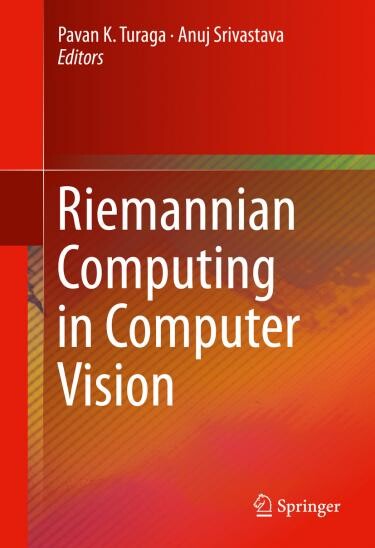Riemannian Computing in Computer Vision
Edited by Pavan Turaga and Anuj Srivastava
This book presents a comprehensive treatise on Riemannian geometric computations and related statistical inferences in several computer vision problems. This edited volume includes chapter contributions from leading figures in the field of computer vision who are applying Riemannian geometric approaches in problems such as face recognition, activity recognition, object detection, biomedical image analysis, and structure-from-motion. Some of the mathematical entities that necessitate a geometric analysis include rotation matrices (e.g. in modeling camera motion), stick figures (e.g. for activity recognition), subspace comparisons (e.g. in face recognition), symmetric positive-definite matrices (e.g. in diffusion tensor imaging), and function-spaces (e.g. in studying shapes of closed contours).
Bio
Pavan Turaga is an associate professor in arts, media and engineering, and in electrical, computer and energy engineering at Arizona State University. He received a PhD in electrical engineering from the University of Maryland, College Park in 2009. He received the National Science Foundation CAREER award in 2015.
